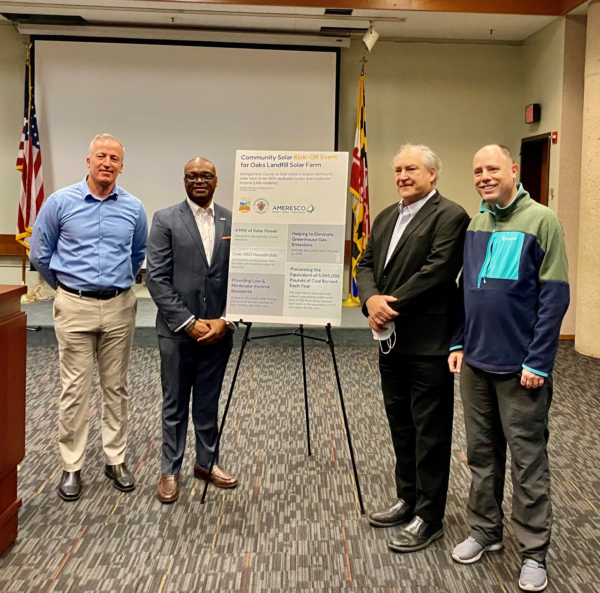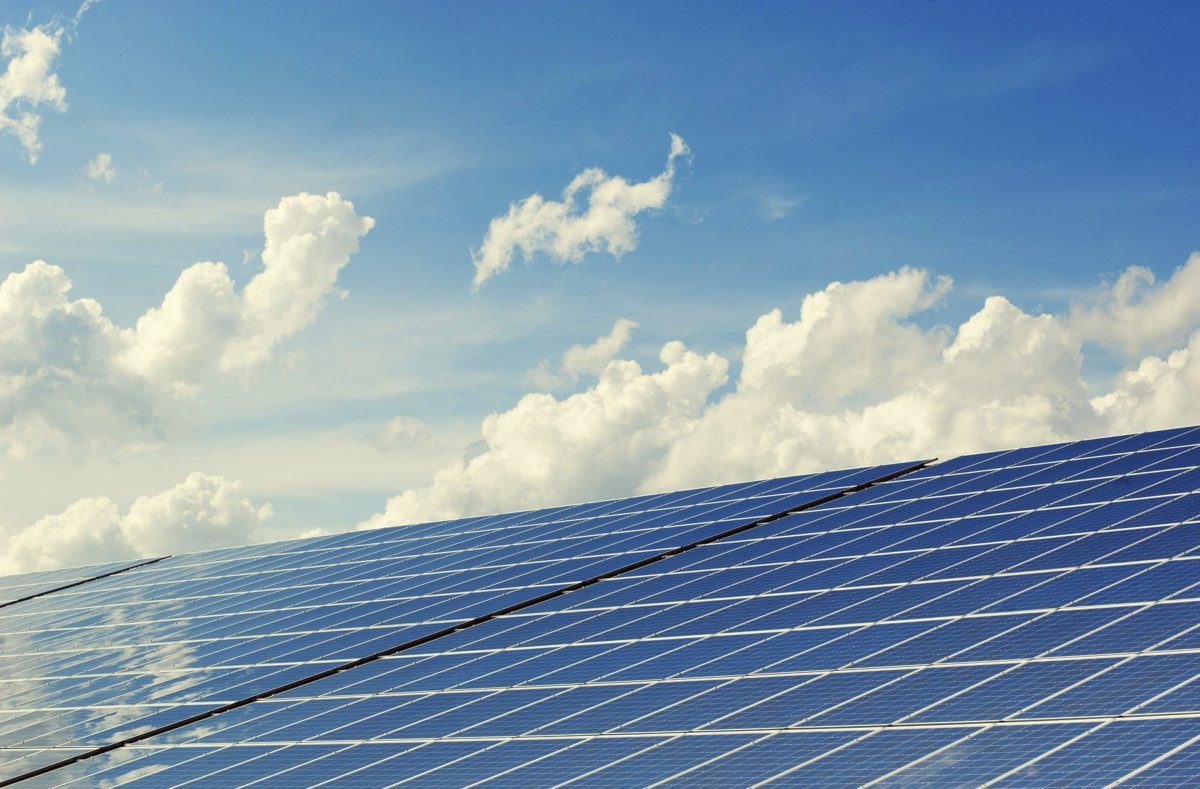A 6 MW solar installation is planned for Montgomery County, Maryland, thanks to partnerships between Amaresco Inc., Neighborhood Sun and the county. It will be among the largest installations in the country to have a portion of its capacity dedicated to low and moderate-income (LMI) residents.
The array is set to be constructed on the capped Oaks Landfill in Gaithersburg, just northwest of Washington, D.C. Project construction is expected to begin in early 2022.

The 6 MW project will be divided into three 2 MW arrays, with Array 1 set to provide the county government with power. The remaining two arrays compose the community solar project with all of the generated electricity provided to low-to-moderate income residents.
The three arrays are expected to generate 11.7 million kilowatt hours of annual energy for government use and LMI residents.
The project will help the county reach its goal of eliminating greenhouse emissions in its operations by 2035, while also making progress toward the state of Maryland’s goal to generate 50% of its electricity from renewables by 2030.
The energy produced by the LMI-dedicated arrays will be equivalent to preventing 5,599 metric tons of CO2 from being released each year, the same as taking 1,218 cars off the road for one year and preventing 6,188,031 pounds of coal from being burned.
“This project blows away by an order of magnitude any other 100% LMI project in the state of Maryland, and is a testament to Neighborhood Sun’s leading role in bringing energy justice to the state,” said Gary Skulnik, CEO, Neighborhood Sun.
Helping to fund the project’s construction is $950,000 in grant funding through the Maryland Energy Administration’s Low-to-Moderate Income Community Solar Program. The program provides incentives to reduce the cost of electricity generated from clean energy to Marylander’s, with income limitations that result in energy costs being a disproportionate portion of their household expenses, according to Maryland Energy Administration Director, Mary Beth Tung.
Maryland is projected to be one of the top states in the nation for community solar development, and the state has committed to making that expectation a reality.
In September, regulators unanimously voted to expand the capacity of the state’s community solar program as well as improve access for LMI customer participation in the state’s Community Solar Pilot Program.
According to the Coalition for Community Solar Access, the expansion of the program will allow community solar to power the equivalent of an additional 6,840 Maryland homes, annually. The expansion also changed development regulations, allowing community solar projects to be built on clean-fill construction sites, transforming previously unusable industrial locations into clean solar energy generation sites.
“Community solar is an integral part of Maryland’s clean energy future and has already produced major benefits for residents,” said State Delegate Luke Clippinger of the expansion. “We cannot achieve our climate and renewable energy goals without community solar.”
This content is protected by copyright and may not be reused. If you want to cooperate with us and would like to reuse some of our content, please contact: editors@pv-magazine.com.









Way to go, Neighborhood Sun and Monty County